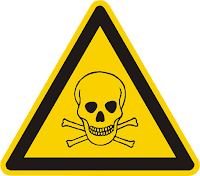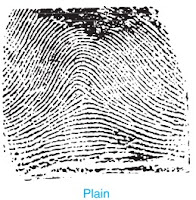Routes of Administration of Poisons
(A) Enteral Routes
1. Oral
It is the most commonly used method in which the poison is taken from the mouth. Poison taken from this route directly affects GIT, the upper respiratory tract, stomach, and other organs.
2. Sublingual
In this method of administration, the poison is placed beneath the tongue and spread over the buccal mucosa (the lining of cheeks and the back of lips). It shows rapid absorption and directly passes into the systemic circulation.
3. Rectal
In this method of administration, the poisons are inserted into the anus where they are absorbed into the bloodstream directly through the mucous membranes.
(B) Parenteral Routes
Routes other than enteral are called parenteral.
1. Intravenous
In this method of administration, the poison is injected into the body through veins, providing a direct route for the poison to get into the blood and thus circulate throughout the body very quickly and showing the symptoms almost instantaneously leading to severe conditions and immediate death.
2. Intradermal
In this method of administration, the poison is absorbed through the surface of the skin. This is commonly found in cases of chronic poisoning. The release of poison in this method is slow and therefore it is not used in suicide and homicide.
3. Intraosseous
In this method of administration, the poison is injected into the bone marrow. Here, the action of poison is fast as the vascular spaces of bone marrow directly communicate with large veins.
4. Intra-arterial
In this method of administration, the poison is injected into the artery. The action of poison is fast as compared to intravenous administration.
5. Intramuscular
In this method of administration, the poison is injected into the muscle of the upper arm, thigh, buttock, etc. The time takes for the poison to get absorbed in the body depends upon the supply of blood to that particular muscle. The slower the blood supply, the longer it takes for the drug to be absorbed.
6. Subcutaneous
In this method of administration, a needle is inserted into the fatty tissue just beneath the skin. After the poison is injected, it travels into small blood vessels (capillaries) and is carried away by the bloodstream. This method of administration of poison is rare and cases are reported only in the literature.
7. Inhalation
In this method of administration, the poison is given in vaporized form or a spray of suspended micro fined particles absorbed by simple diffusions from the mucous membrane of the trachea and lungs. Here, the absorption is quick due to the larger surface area of the alveoli.



